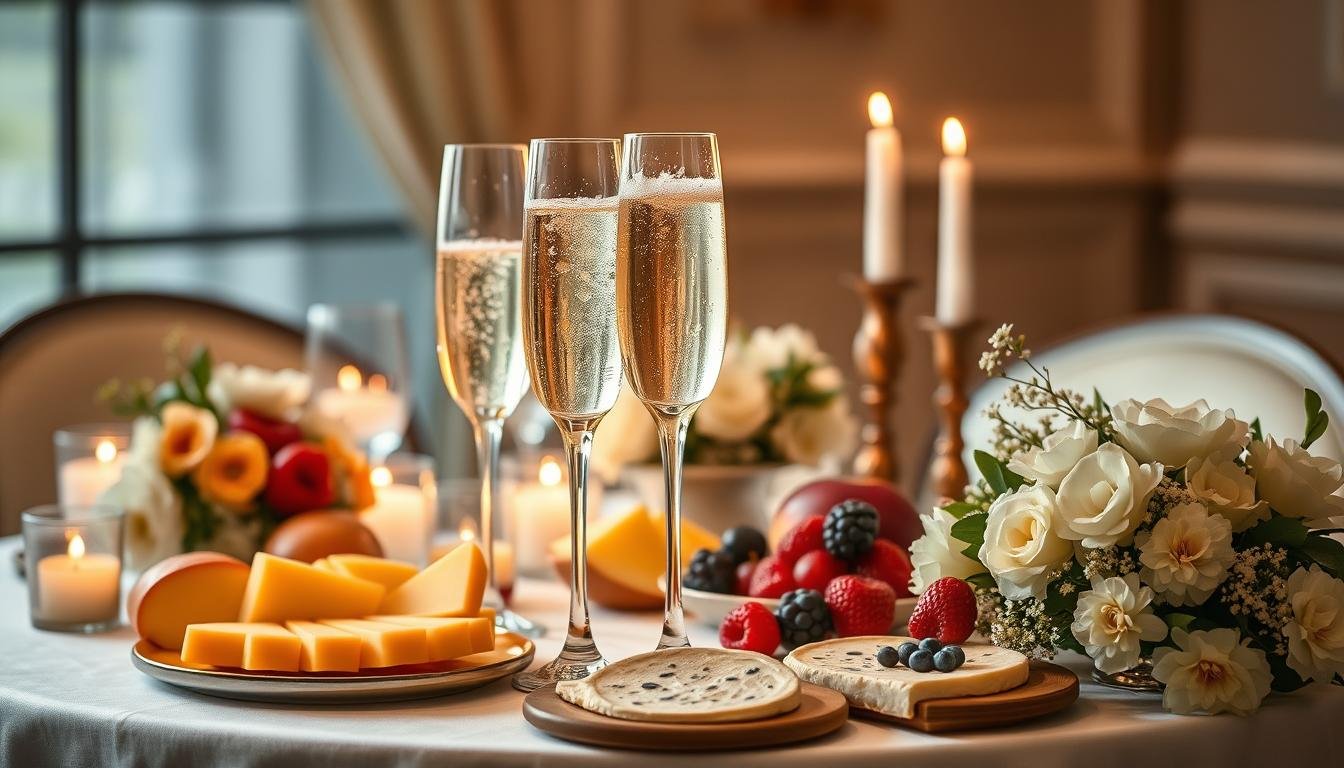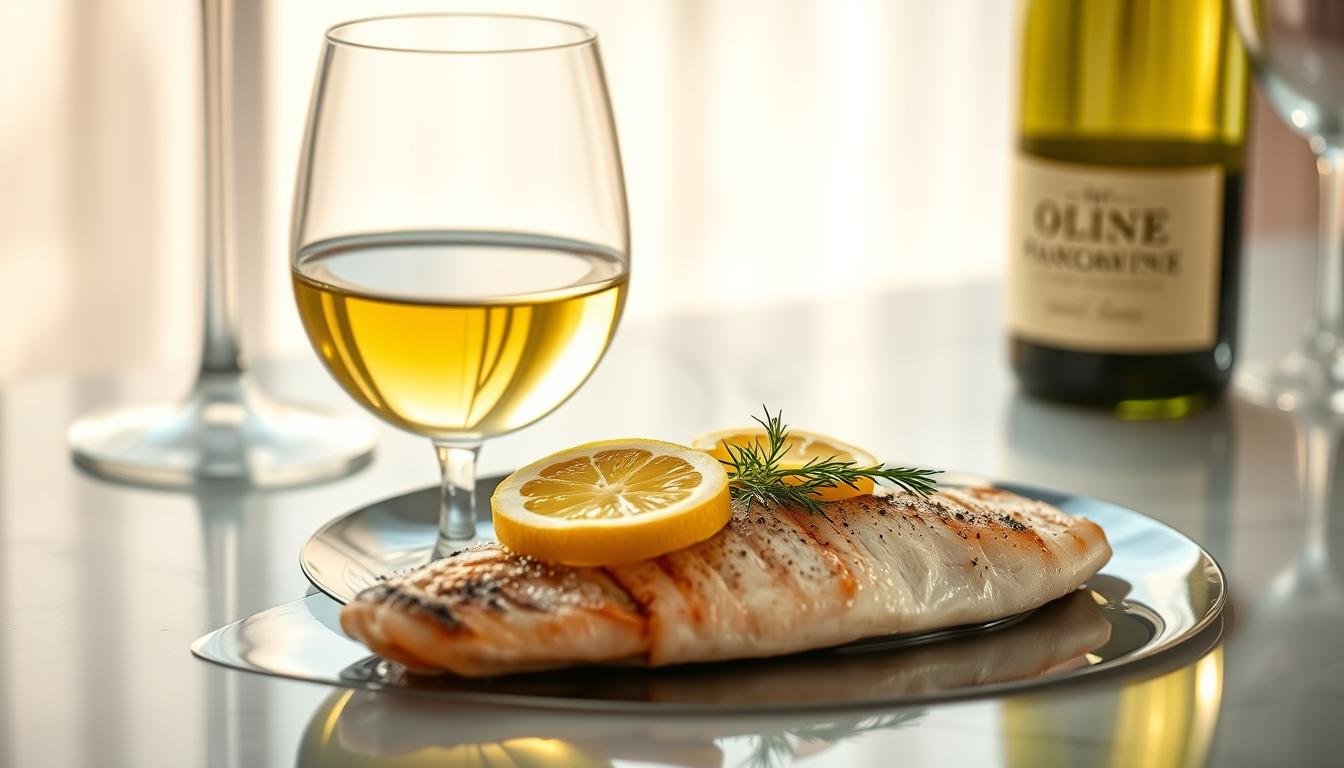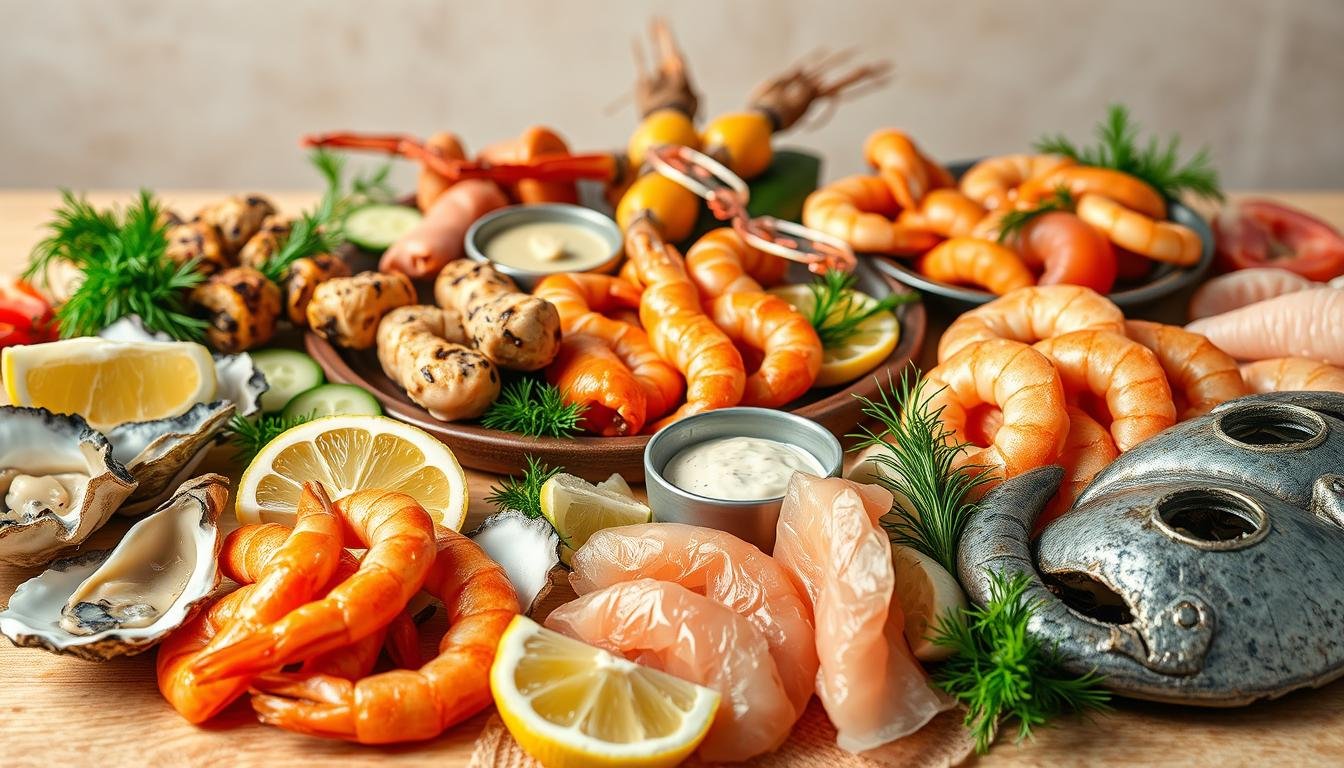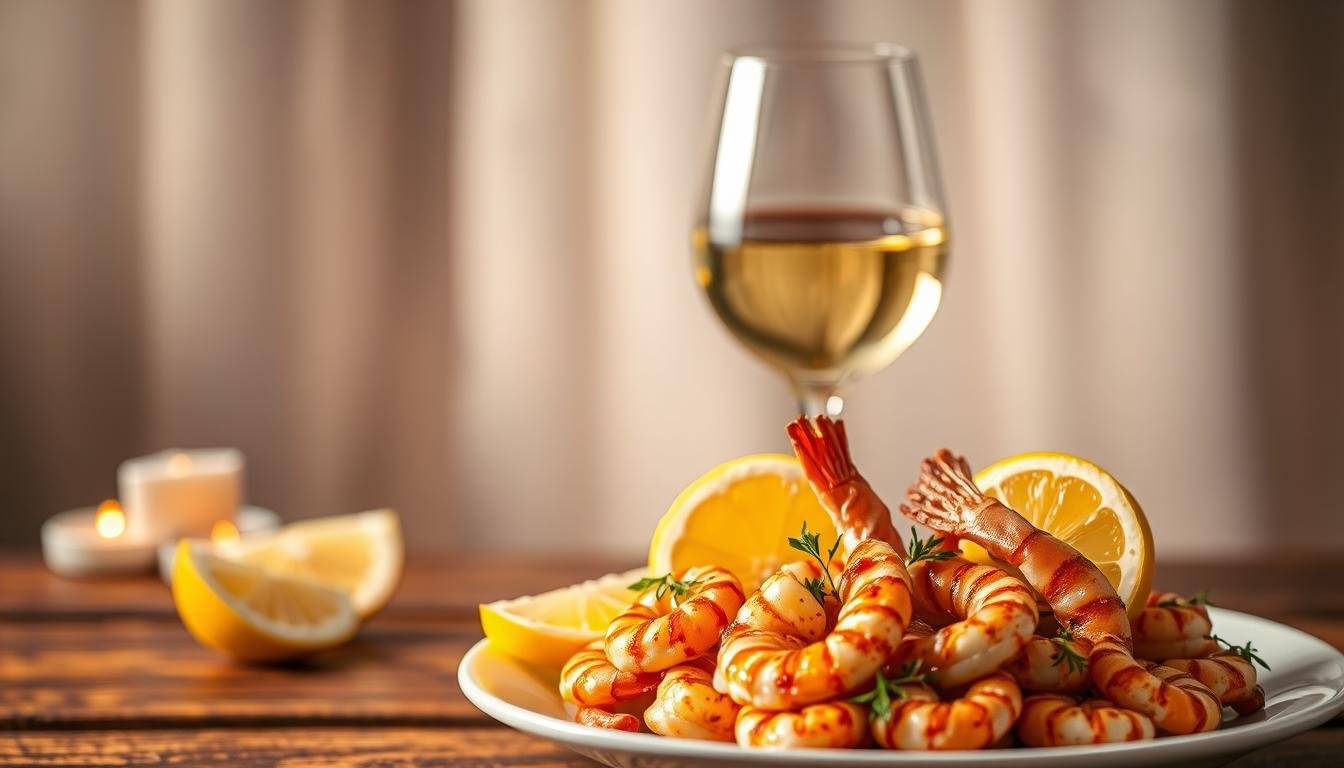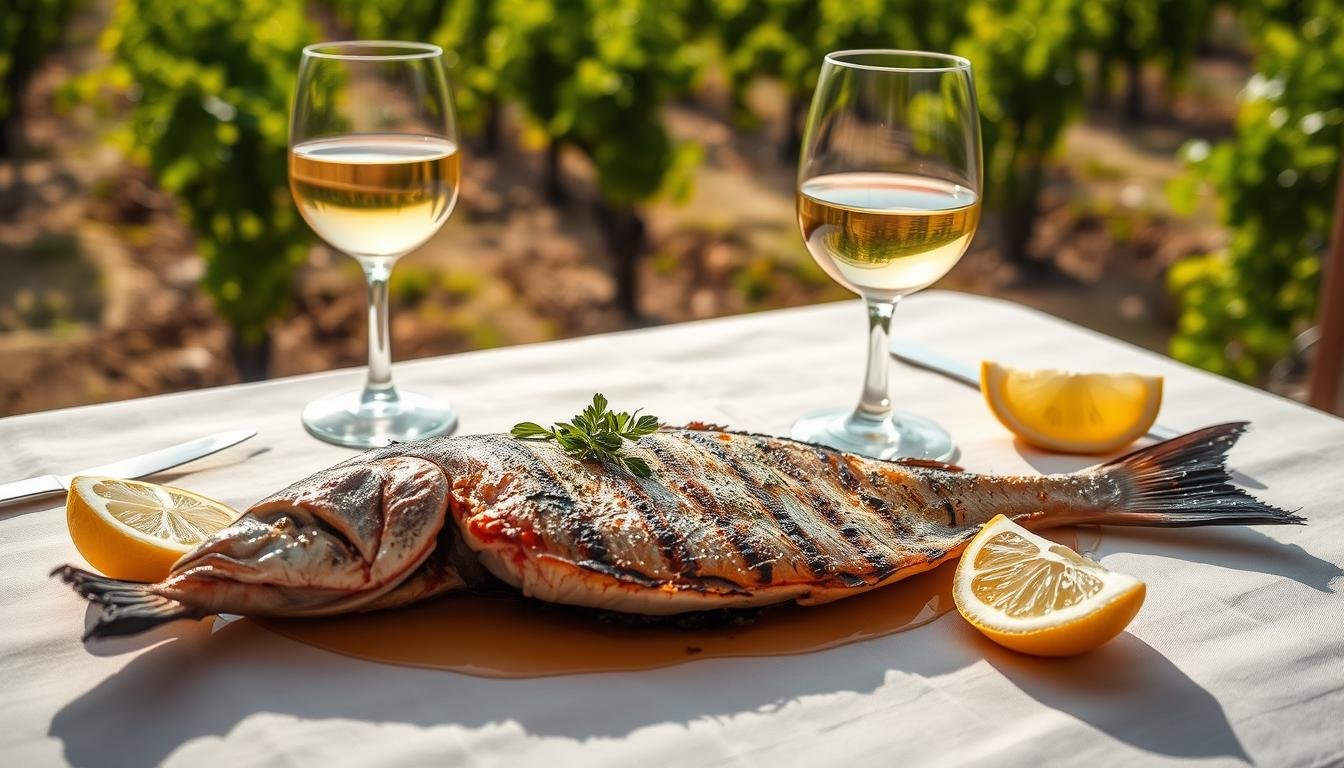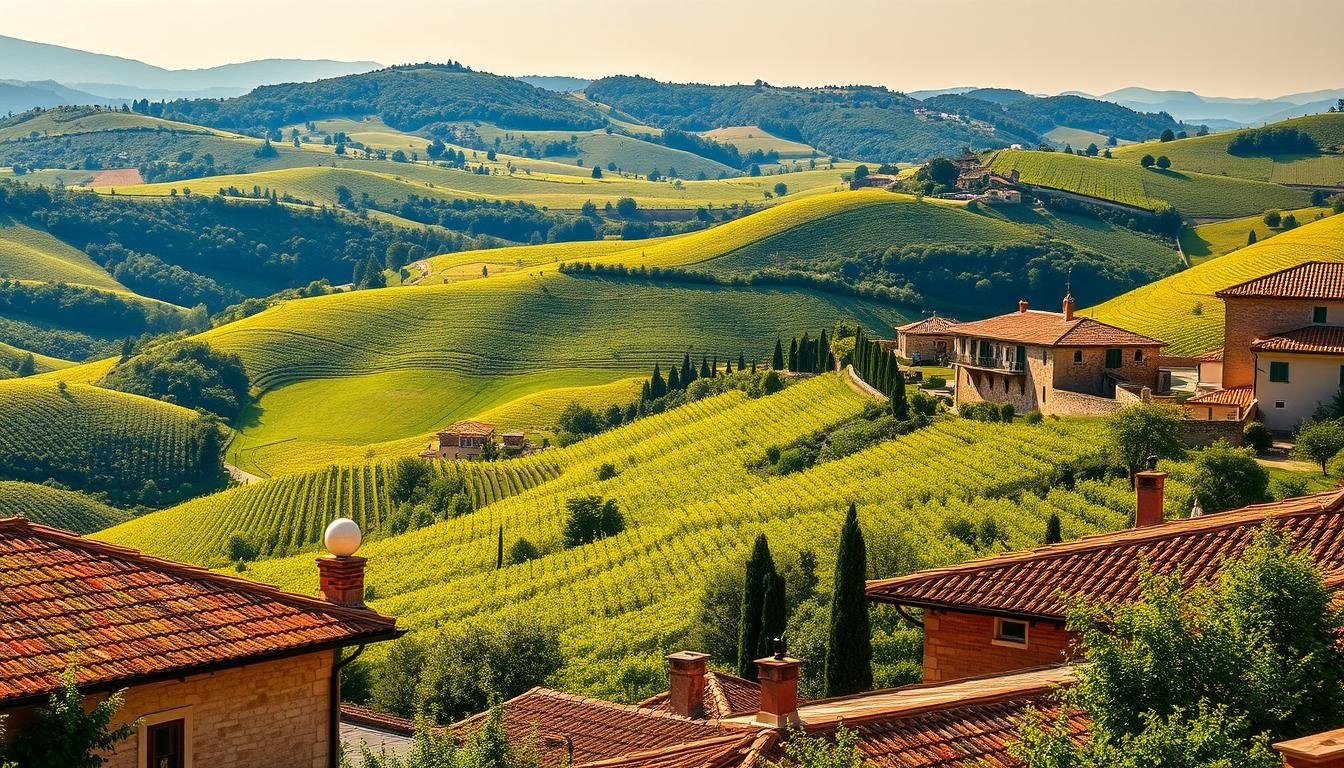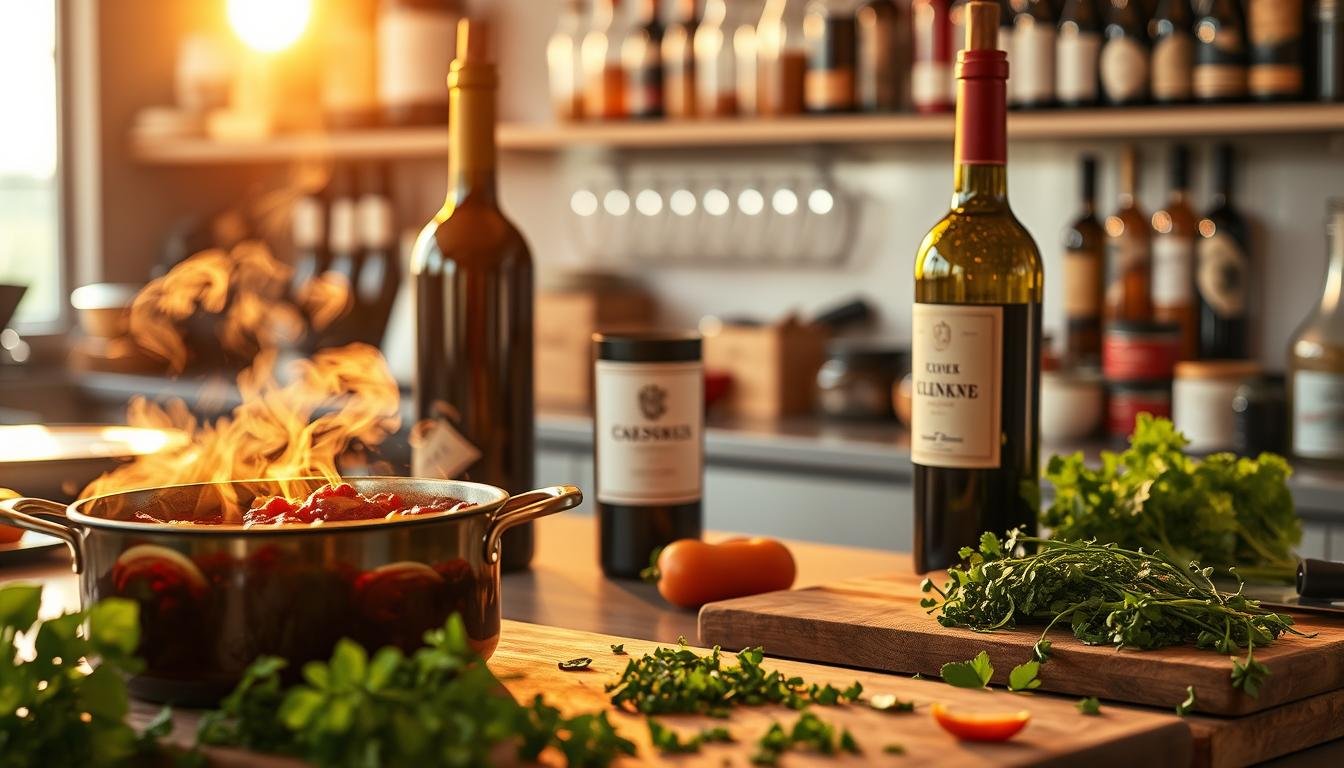Exploring sparkling wine opens up a world of flavors. You’ll find everything from Champagne to Prosecco and Cava. It’s a drink with a rich history and many pairing options. Whether you’re new to wine or a seasoned expert, learning about sparkling wine is key.
There are many types of sparkling wine, like Champagne, Cava, and Prosecco. Champagne is the most famous worldwide. The best temperature to serve it is between 45 to 50 degrees Fahrenheit. You can chill it in the fridge for two hours or use an ice bucket for 20 minutes.
Choosing the right sparkling wine is important. They range from dry to sweet. Prosecco, for instance, is less expensive than Champagne. It’s popular in the U.S. for its fruity taste.
Key Takeaways
- Sparkling wine categories include Champagne, Cava, Prosecco, and other styles.
- The ideal serving temperature for sparkling wine is between 45 to 50 degrees Fahrenheit.
- Champagne is the most recognized sparkling wine globally.
- Prosecco is a more economical option than Champagne and offers a fruitier taste.
- Sparkling wines can be categorized as dry or sweet based on their level of sweetness.
- Cava is a cost-effective alternative to some Champagnes.
- Sparkling wine is a versatile beverage that can elevate any occasion.
What is Sparkling Wine?
Sparkling wine is a type of wine that has bubbles. These bubbles come from dissolved carbon dioxide. There are many kinds of sparkling wine, each with its own taste and feel.
When you read reviews, you might see terms like traditional method or Charmat method. These terms tell you how the wine was made.
Popular sparkling wines include Champagne, Prosecco, and Cava. They are made from different grapes like Chardonnay, Pinot Noir, and Glera. The way they are made varies too. For example, Champagne is made the traditional way, while Prosecco uses the Charmat method.
- True Champagne can only come from a legally protected region within 100 miles of the Champagne region of France.
- Sparkling wine production in Champagne dates back to the 17th century.
- Prosecco is primarily made from Glera grapes, with up to 15% allowed from other varieties.
Knowing about the different sparkling wines helps you choose the right one. Whether you’re reading reviews or trying new wines, you’ll enjoy the unique tastes and qualities of each.
| Sparkling Wine Type | Grape Variety | Production Method |
|---|---|---|
| Champagne | Chardonnay, Pinot Noir, Pinot Meunier | Traditional Method |
| Prosecco | Glera | Charmat Method |
| Cava | Macabeu, Xarel-lo, Chardonnay | Traditional Method |
The Different Types of Sparkling Wine
There are many sparkling wines to choose from, each with its own special qualities. Champagne, prosecco, and cava are three popular ones. You can pick the one that fits your taste and budget.
Well-known brands include Veuve Clicquot, Moet & Chandon, and Dom Perignon for champagne. La Marca and Mionetto are famous for prosecco. Cava is mainly from Spain, with Freixenet and Codorniu being well-known.
Champagne
Champagne is made from chardonnay, pinot noir, and pinot meunier grapes. It’s made using a special method that makes it taste complex and luxurious.
Prosecco
Prosecco is mostly made from the glera grape. It comes in fully sparkling and semi-sparkling styles. The way it’s made, in large tanks, is different from champagne.
Cava
Cava is made in Catalonia, Spain, using grapes like macabeo, xarel·lo, and parellada. It’s often cheaper than champagne but still offers great quality.
Other Varietals
There are also crémant wines from France, sekt from Germany and Austria, and English sparkling wines. These offer different tastes and prices, so you can find something that fits your taste and budget.
| Sparkling Wine Type | Primary Grape Variety | Production Method |
|---|---|---|
| Champagne | Chardonnay, Pinot Noir, Pinot Meunier | Traditional Method |
| Prosecco | Glera | Tank Method (Charmat Method) |
| Cava | Macabeo, Xarel·lo, Parellada | Traditional Method |
How Sparkling Wine is Made
Making sparkling wine is a detailed process that needs patience and skill. The way bubbles are made affects the wine’s taste and feel. There are three main methods: traditional, Charmat, and carbonic maceration.
The traditional method makes wine in bottles, giving it a richer taste. This is how Champagne and Cava are made. The Charmat method uses big tanks for the second fermentation. It makes wines with fresh, fruity tastes, like Prosecco.
Understanding the Methods
The traditional method is hard work, with steps like riddling and disgorging. This makes these wines more expensive. The Charmat method is quicker and cheaper, leading to wines that are often drunk younger. The choice of method depends on the wine’s taste and type.
The grape variety is crucial in sparkling wine making. For traditional method wines, Chardonnay, Pinot Noir, and Pinot Meunier are used. The grapes are picked by hand and pressed without the skin to keep the juice clear.
Key Factors in Sparkling Wine Production
The amount of sugar left in the wine is important too. It can be very dry or very sweet. The wine’s age also matters, as longer aging adds complexity to the taste. Knowing these details helps us appreciate the effort that goes into making great sparkling wines.
Choosing the Right Sparkling Wine
Choosing the perfect sparkling wine involves several factors. You might be looking for the best wine for a special event or just to enjoy. Think about your budget, taste, and the occasion. For instance, a fancy Champagne might be right for a wedding, while a Prosecco could be better for a casual get-together.
Exploring different sparkling wines is a great way to find what you like. You could go to a tasting or try a few bottles at home. You might prefer the dry taste of Champagne or the sweeter taste of Prosecco. Brands like Raventós i Blanc, Le Lude, and Graham Beck offer great value under $30.
When pairing sparkling wine with food, consider the dish’s flavor. A rich sauce might go well with a brut wine, while a fruitier dish suits a sweeter wine. Try making a Bellini with Prosecco and peach puree or a French 75 with Champagne and lemon juice. This way, you can find the perfect wine for your taste and event.
Other things to think about are the wine’s region and grape type. Champagne comes from Chardonnay, Pinot Noir, and Pinot Meunier grapes. Prosecco is usually made from Glera grapes. Cava is made from Macabeu, Parellada, and Xarello grapes. Knowing these details helps you choose the right wine for your taste.
Sparkling Wine Serving Basics
When it comes to sparkling wine serving, the right glassware is key. The perfect glass for sparkling wine keeps the bubbles and aromas intact. Sparkling wine glasses are taller and narrower, with a shape that guides the wine to your nose and palate.
To make your sparkling wine serving better, here are some tips:
- Use the right glassware: Sparkling wine glasses are made to keep the wine’s bubbles and aromas fresh.
- Chill the wine: The best temperature for sparkling wine is between 40-45°F (4-7°C).
- Pour correctly: Pour four ounces of sparkling wine as the standard amount.
By following these tips, your sparkling wine serving will be top-notch. Whether it’s a special occasion or just a fancy evening, the right glassware and serving style can elevate your experience.
Temperature is also key for sparkling wine serving. The right temperature keeps the wine’s flavors and aromas at their best. This ensures you enjoy your sparkling wine serving to the fullest.
| Wine Type | Ideal Serving Temperature |
|---|---|
| Sparkling Wine | 40-45°F (4-7°C) |
| Red Wine | 60-65°F (15-18°C) |
| White Wine | 45-50°F (7-10°C) |
Food Pairings with Sparkling Wine
Exploring sparkling wine pairing opens up a world of possibilities. Sparkling wine’s acidity and bubbles make it a great match for many dishes. From appetizers to desserts, the right pairing can enhance any meal.
Pairing wines with foods of similar acidity is a good starting point. For instance, extra brut wines go well with salty foods like oysters. Blanc de blanc Champagne is ideal for caviar and crispy fried chicken. Aged Champagne, with its rich flavors, pairs nicely with Comté cheese and mac and cheese.
- Prosecco with appetizers and snacks, such as bruschetta or cheese and charcuterie
- Champagne with main courses, such as seafood or poultry
- Cava and corpinnat with desserts, such as fruit or chocolate
| Sparkling Wine | Food Pairing |
|---|---|
| Prosecco | Appetizers and snacks |
| Champagne | Main courses |
| Cava and corpinnat | Desserts |
Exploring sparkling wine pairing is all about finding what you like. Sparkling wine’s versatility makes it a great choice for any meal. It’s sure to make your dining experience even better.
Sparkling Wine for Special Occasions
When it’s time to celebrate, sparkling wine is a top pick. It’s perfect for weddings, anniversaries, and holidays. Its bubbly charm and luxury make it a favorite for marking big moments.
A 750ml bottle of Champagne or sparkling wine is great for toasts, serving five glasses. For 20 guests, you’ll need about four bottles. Serve it between 45–50°F for the best taste.
For sparkling wine gifts, consider Champagne, Prosecco, and Cava. They come in different flavors and styles. Choose based on the event, number of guests, and how fancy you want it to be.
Celebratory Moments
For big celebrations, go for sparkling wine that’s fancy and refined. Champagne is a top pick for its complex taste and fine bubbles. Prosecco is a budget-friendly choice that still adds a touch of class.
Gifting Tips
Think about the person’s taste and the event when giving sparkling wine gifts. A well-presented bottle is a thoughtful gift. Add a beautiful glass or gourmet food for an extra special touch.
Storing and Aging Sparkling Wine
Keeping your sparkling wine storage right is key to its taste and quality. Make sure the bottles are not in direct sunlight or near heat. The best temperature for Champagne is between 53-57 degrees Fahrenheit. Also, keep the humidity at 60-80 percent.
For the best sparkling wine aging, store bottles on their side. This keeps the cork moist and stops air from getting in. This is very important for top-quality Champagnes, which can age for decades before being sold.
Here are some tips for storing and aging sparkling wine:
- Store bottles in a cool, dark place with a consistent temperature
- Keep the bottles away from direct sunlight and heat sources
- Use a wine refrigerator to maintain a consistent temperature and humidity level
- Store bottles horizontally to keep the cork moist
By following these tips, you can make sure your sparkling wine stays great for years. It will keep its quality and taste.
| Storage Conditions | Optimal Temperature | Humidity Level |
|---|---|---|
| Short-term storage | 12-18 degrees Celsius | 60-80 percent |
| Long-term storage | 12 degrees Celsius or below | 60-80 percent |
Common Myths About Sparkling Wine
Exploring sparkling wine can lead to myths and misconceptions. It’s important to know the truth to fully enjoy it. One myth is that sparkling wine is only for special occasions. But, it can be enjoyed any day.
Another myth is that all sparkling wines are the same. This is not true. There are many types, each with its own unique taste and making process. Knowing these differences helps us appreciate the variety of sparkling wine.
By debunking these myths, we can enjoy sparkling wine with confidence. We can explore the many sparkling wine facts that make it special and fun to drink.
Misconceptions Debunked
Some people think sparkling wine is too expensive or only goes with certain foods. But, there are many affordable options. And, sparkling wine pairs well with a wide range of dishes, from seafood to pasta and even french fries.
Clarifying Common Confusions
To truly enjoy sparkling wine, we need to understand how it’s made, stored, and served. By clearing up common confusions and myths, we can enjoy it more. Whether you’re new to wine or have been drinking it for years, knowing the truth about sparkling wine will make it more enjoyable.

